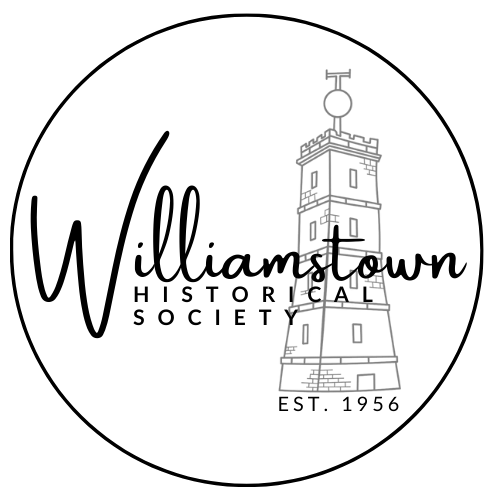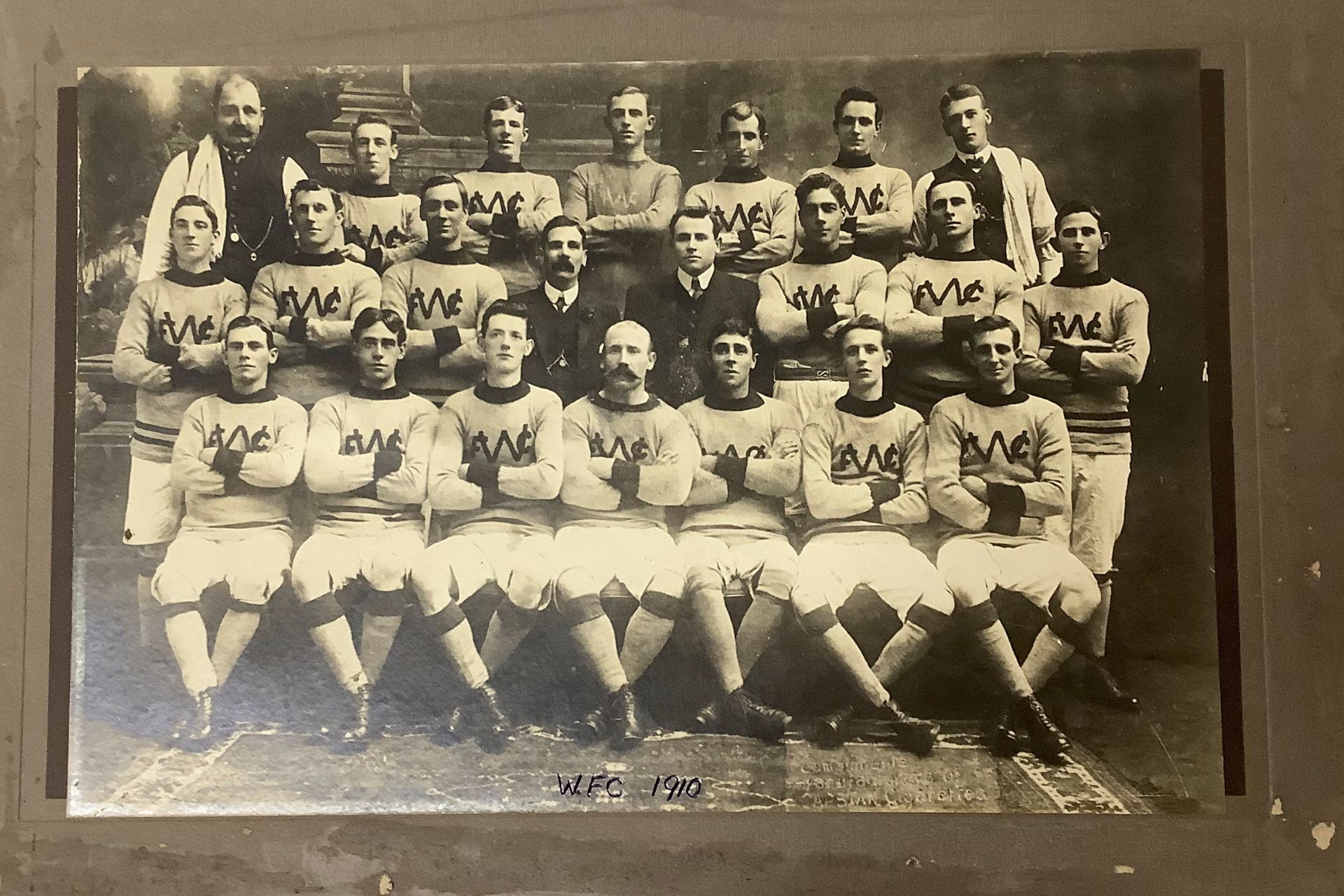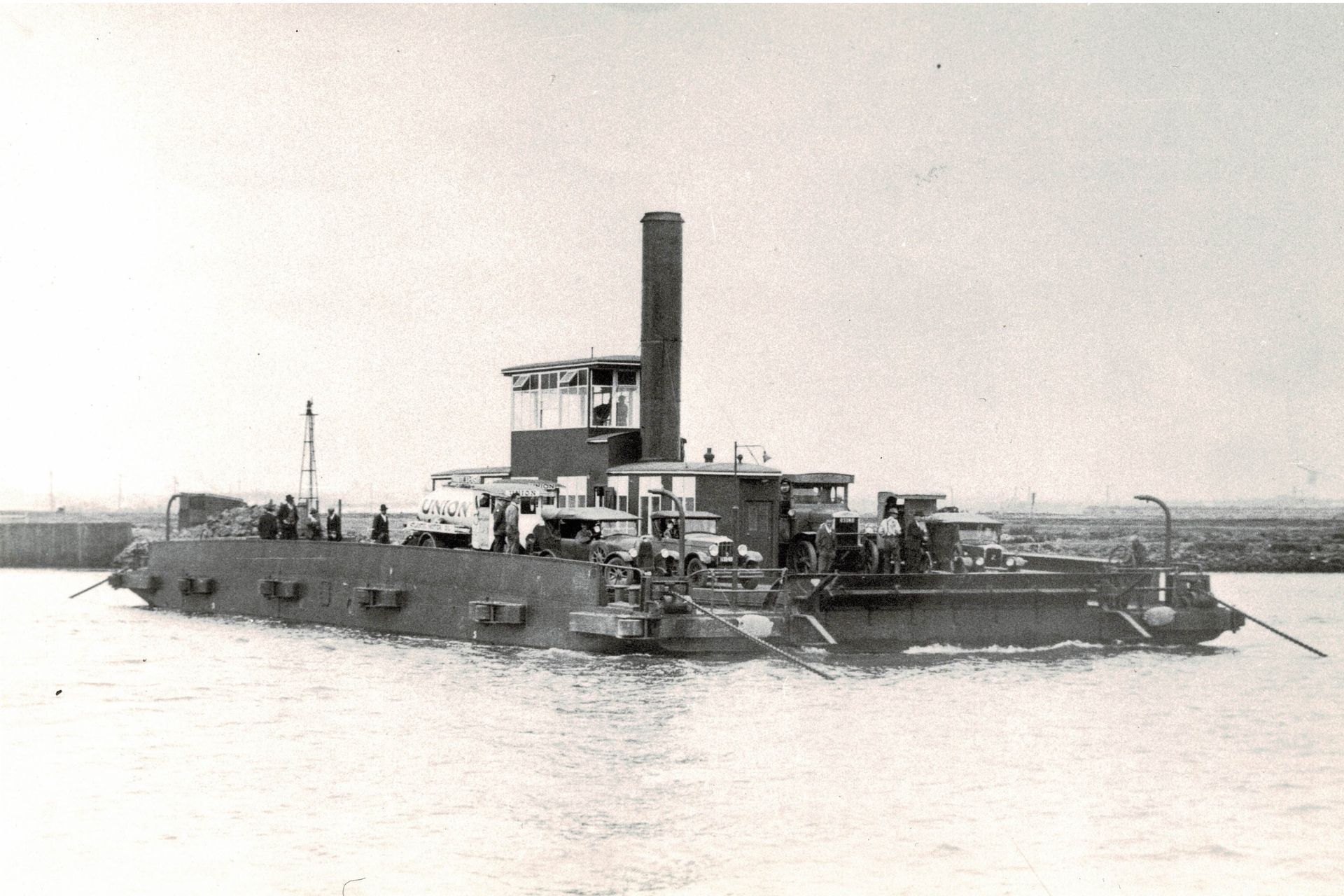Parks & Gardens
For the enjoyment of all
The parks, gardens and reserves of our community have evolved over time and with the social needs of the community. Once used for gentile pastimes like 'taking a stroll in the gardens' to garden parties, social events and sports matches. Some are named after prominent citizens and others like Newport Lakes have a colourful past.
Williamstown Botanic Gardens
The Williamstown Botanic Gardens have always played a significant role in the social and cultural lives of the people of Hobsons Bay as well as visitors from far and wide. In the past, the gardens hosted many of the municipalities most popular social occasions, garden parties, and children's picnics. People from various parts of Melbourne used to take trains to visit the nearby Williamstown beach and spend the day there before heading to the Pinetum and Gardens to relax on the lawns in the shade.
Designed by Edward LaTrobe Bateman and opened to the public in 1860 they retain many of the original Victorian and Edwardian features, complete with an ornamental lake, a marble statue of A.T. Clark and a Pinetum.
Commonwealth Reserve
Once unsightly mudflats greeted those disembarking from the many ships to dock in Williams Town, where the tide went all the way up to Nelson Place, The area was reclaimed by the Melbourne Harbour Trust in the 1880s and a park laid out with paths lined with elm trees and lawns.
Originally known as Nelson Place Park before was renamed in 1901 to mark the foundation of the Commonwealth of Australia. It is now home to several historic landmarks, the original Tide Gauge House, the Wilkinson Memorial Drinking Fountain, and the anchor from the HMVS Nelson. Like visitors of the past, today visitors can enjoy live music from the band Rotunda, picnics on the lawns and views across the bay to Melbourne.
Newport Lakes
Originally known as Goose Flats by early settlers, the land was first sold to William Hall as farmland. The land was first quarried in 1868 for basalt which was used for construction and ballast for ships returning to England. Quarrying continued for the next 100 years until exhausted of stone the wasteland was turned into a refuse tip, which was in use until 1982 when local residents campaigned to have the area turned into lakes and parks.




